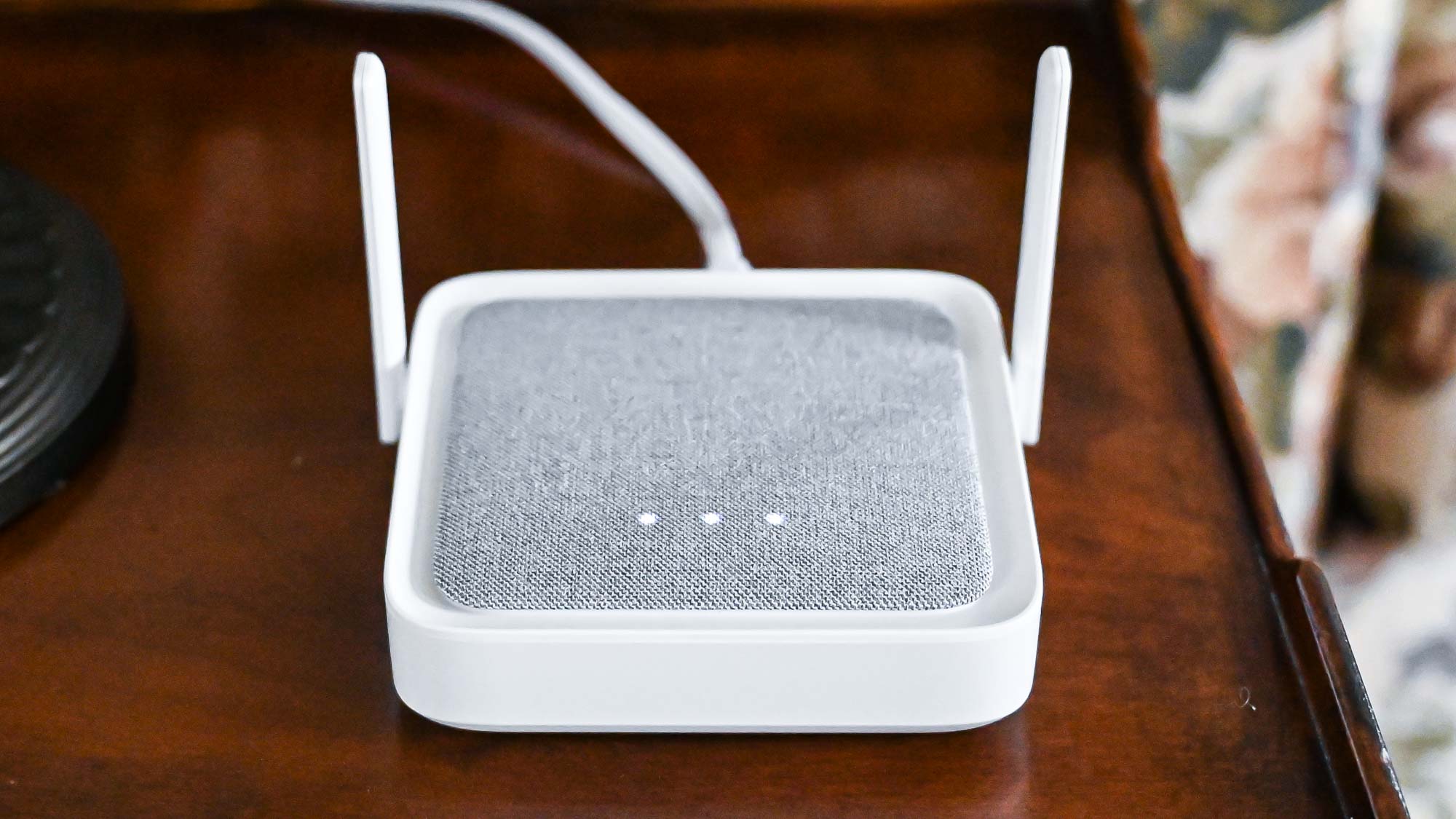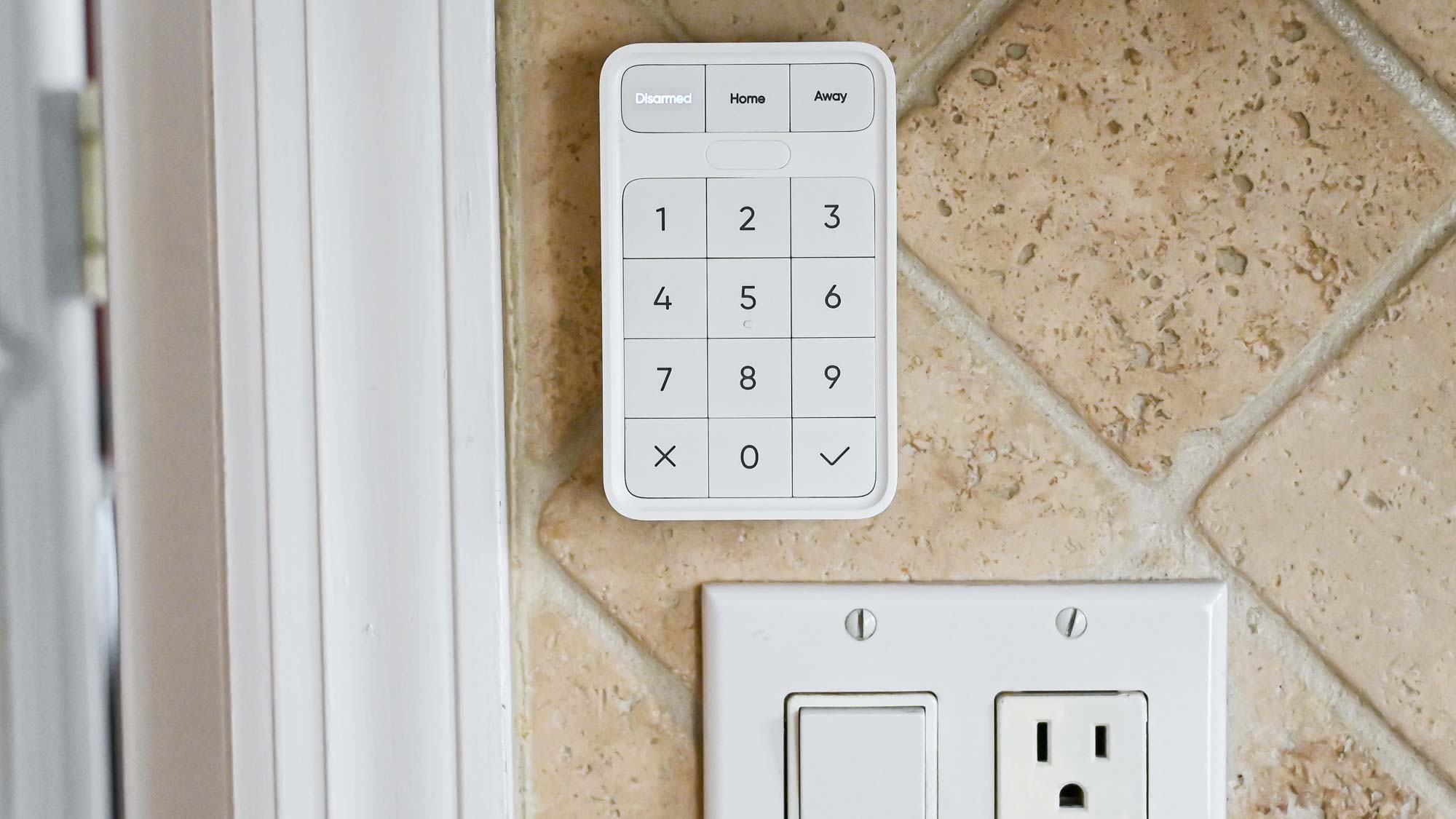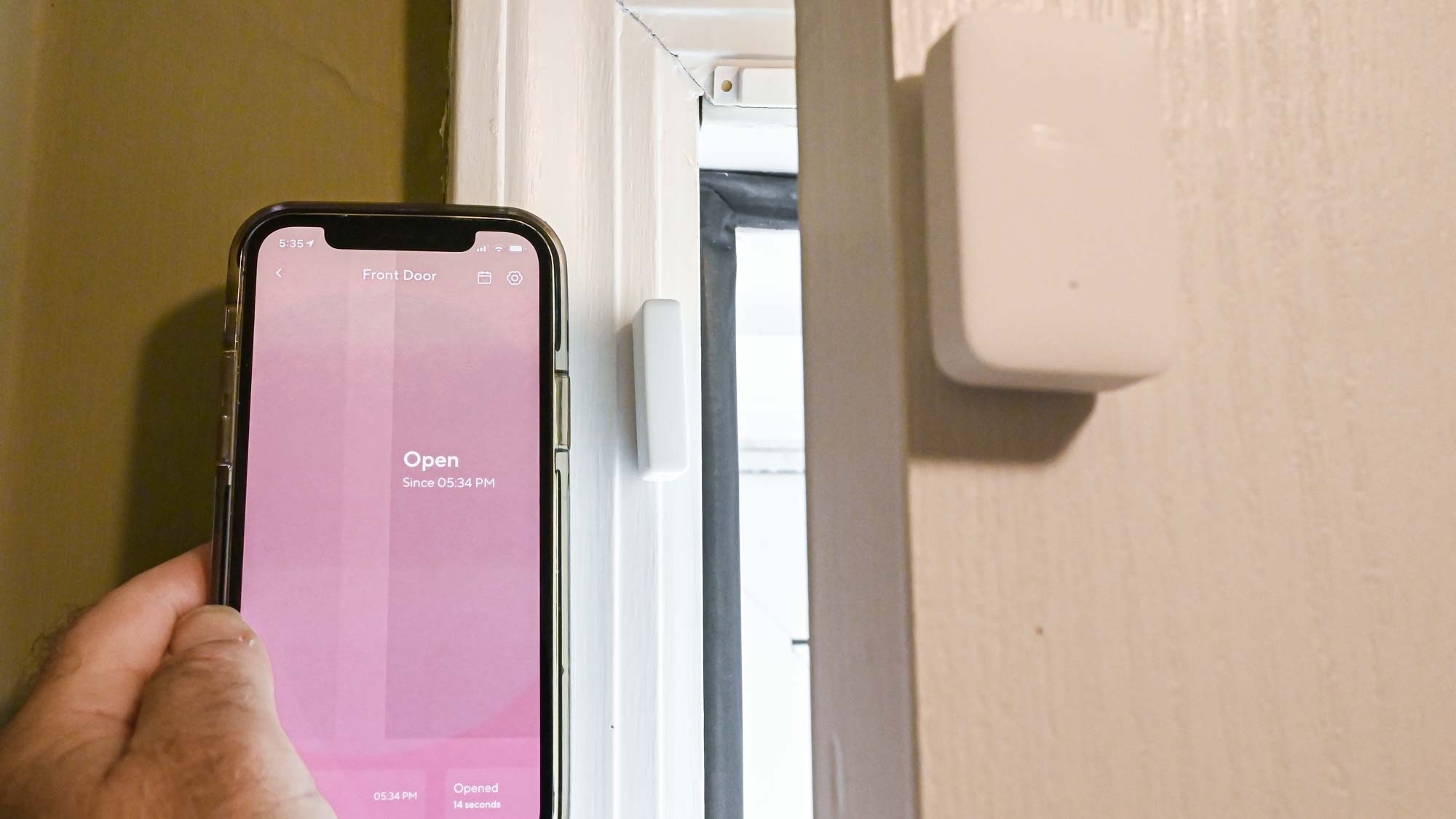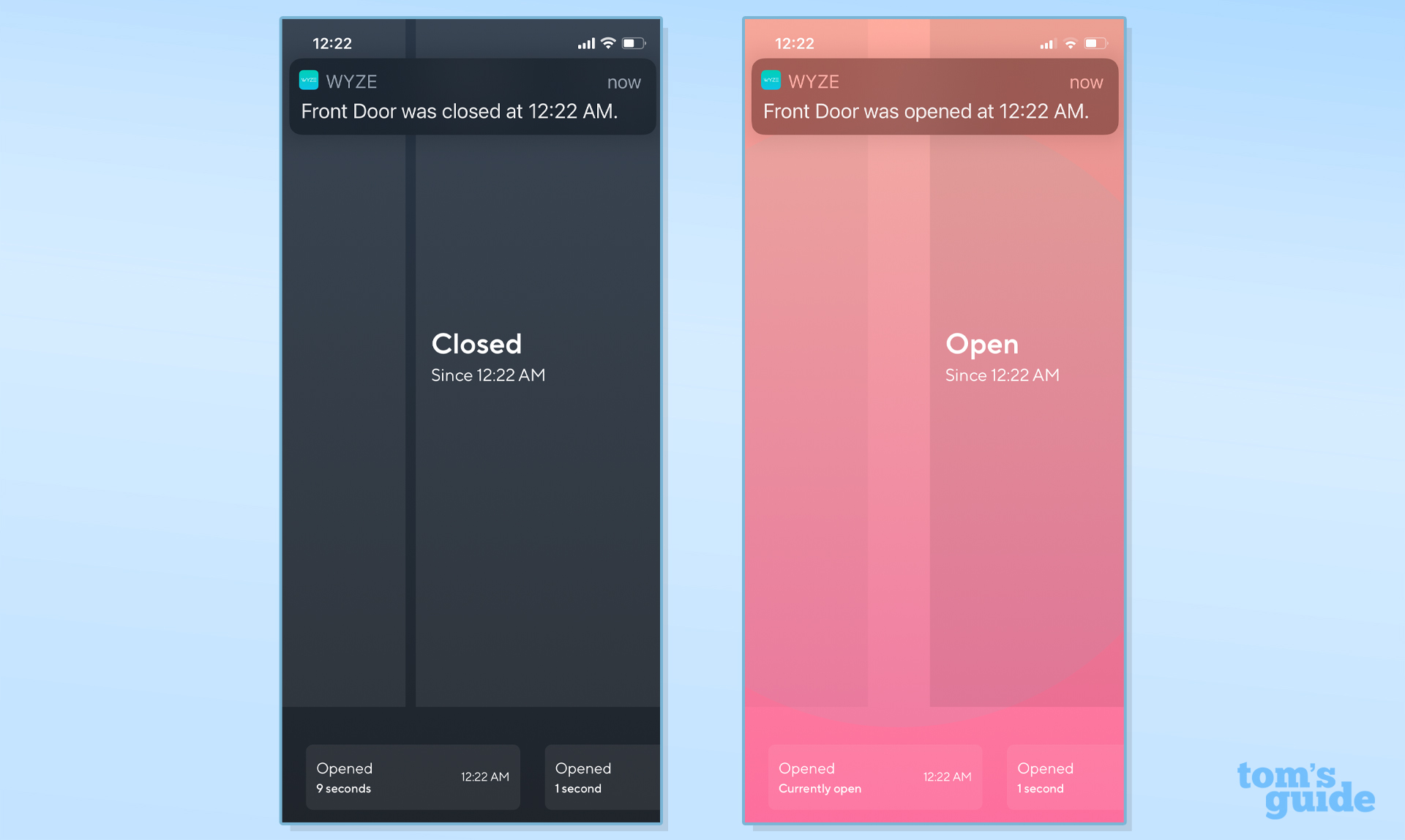Wyze Home Security System review
When it comes to DIY home security systems, the Wyze Home Security System gets a lot right. It has easy-to-read instructions in the included user manual and — even more importantly — in the mobile app, and makes it a cinch to add components and automations to your system. But perhaps the most enticing aspect of this home monitoring system is the price—it’s among the most affordable DIY home monitoring systems on the market. However, it’s not very compatible with Amazon Alexa or Google Assistant.
For this Wyze Home Security System review, I tested the Wyze Home Monitoring Bundle along with the Wyze Cam v3 ($29.98), which won one of our Tom’s Guide Awards 2021.
Wyze Home Security System review: Price and availability
The Wyze Home Security System is available often with 6 months of the Wyze Home Monitoring service for $99.98. You can also buy it from the company’s website, and you can save money by buying a yearly plan.
You can also buy additional accessories for your Wyze system, such as the Wyze Sense Leak Sensor (3-Pack) for $29.98, which detects leaks in areas of your house where a leak might occur, or a Wyze Sense Climate Sensor (3-Pack) for $24.98, which can track the temperature and humidity in any room or space in your home.
Wyze Home Security System review: Professional monitoring
As far as DIY home monitoring services go, the Wyze Home Security System is among the cheapest services available. You’ll pay a monthly fee, which is very inexpensive at just $4.99 a month. But if you pay for the annual fee, which is $59.88 a year, you’ll get $40 off. So, with the monthly plan, this bundle costs $79.98. But with the annual plan, it’s $39.98.
Wyze Home Security System review: Design and setup
The Wyze Home Security System comes with the following : The Wyze Sense Hub (which is the largest component), the Wyze Sense Keypad, two Wyze Sense Entry Sensors, a Wyze Sense Motion Sensor, two Window Decals and a short user manual. To install the bundle, you’ll need to activate the system, which I did via email and then clicked a link in the email to activate it. But the system also includes two-factor authentication on the mobile app, which is a nice safety feature to have in a home security system.
There’s a short, nicely designed user manual, which is more of a getting-started guide than a full-fledged manual, but it’s informative and helps you understand the setup. It also has a hardware overview (telling you what each item is for), illustrations on where to place your sensors, info on the different modes, changing your PIN code, creating a Safe Word and other tips.

To set up the system, you can simply follow along with the mobile app on your phone, which is compatible with both iOS and Android devices. Overall, I found the instructions clear and easy to follow. It even gives an estimate on how long it will take to set up your system.
The Wyze Synse Hub is the “brains of your new security system,” according to the manual. It’s about the size of a coaster, although it’s thicker, and can connect to your router via Wi-Fi (it has two antennas) or an Ethernet port. It also uses Bluetooth to connect to your phone.

It has a speaker, which will play various phrases once you’re connected, such as “connection successful.” Once the Hub is set up, it’s fairly easy to follow along with the app and pair the Keypad, motion sensor and two entry sensors, as well as the Wyze camera, which did not come with the system. In fact, to set up the camera, all I needed to do was plug it in and point it at a QR code. Then, the system handled the rest. The next step is naming the various sensors to indicate where they’re placed in your house. Overall, it took me about 30-40 minutes from start to finish to set it up.
If there’s a power failure, each component in the Wyze bundle includes batteries — including the Hub. However, there’s no cellular backup, so if your Internet connection goes down, then there’s no way for the system to alert you or the professional monitoring service.
Wyze Home Security System review: Performance
As you might imagine, the Hub and the Keypad are the heart of the monitoring system. You’ll use the Home, Away and Disarmed keys to set it on the proper mode. For instance, when setting the system up, it’s in Disarmed mode so that none of the sensors trigger an emergency alarm. For the Home and Away buttons, you’ll choose the sensors that will be active and will set off an alarm if those entries are opened or if the motion sensor detects motion in the house. All of those settings are set up in the mobile app.

Even when the system is in Disarmed mode, the mobile app will indicate when a door is open or closed, or when it detects motion in a room. If you choose, you can also get emails or texts alerting you to those events. Each sensor has three levels of sensitivity: low, medium and high. You can also adjust the time on the keypad to arm and disarm the unit.

To test the system in action, I put the system in Home mode. It then prompted me to enter my PIN number. I then opened one of the doors (which had an entry detectors on it) and activated the emergency alarm for the system. It worked like clockwork, but I did think the alarm could be a little louder. (Wyze does not advertise its decibel level.)

In order to prevent Wyze from calling me to see if there was a problem, I typed in my pin and disarmed the system. (Wyze says in the user manual that is is collaborating with Noonlight, which it says “is a nationwide modern platform for professional security monitoring and law enforcement dispatching.”) If the monitoring service did call me on my cellphone, I could also give them my Safe Word, which would also deactivate the system. If I didn’t provide that safe word, Wyze says in the user manual that a Wyze “monitoring agent may dispatch emergency services to your location.”
Overall, I found the Wyze mobile app (which I downloaded and used on my iPhone 12) to be very clearly and cleanly designed. The Home page includes all the components I set up on my system. The Monitoring page shows what mode your system is in (Disarmed, Home or Away) and provides recent footage from your security camera, if it’s active. It also lists various events, including sensors that have detected open doors or windows, motion or if alarms have been activated or cancelled. From the mobile app, you can also access your PIN code and safe word info, setting delays for entry and exits, and other settings.
Wyze Home Security System review: Smart home compatibility
The one area where the Wyze home monitoring system falls short is in smart-home compatibility. At the moment, The company support page indicates that the Wyze Home Monitoring bundle does not work with Amazon Alexa or Google Assistant, or any other voice assistants. However, Wyze support does indicate that the entry sensors and motion sensors can work with Amazon Alexa and Google Assistant. So, you do have some compatibility, although it’s minimal.
Wyze Home Security System review: Verdict
The Wyze Home Security System was very easy to set up and use. Plus, it was a breeze when you wanted to add components to the system. It also has one of the lowest monthly fees in the marketplace.
However, Wyze’s system has a few drawbacks. The first is that it has limited compatibility with Alexa and Google Assistant, so you can’t easily integrate it with your other smart home devices. The other thing that’s missing is a cellular connection, which is found on virtually every other DIY home security system; this feature allows you and professional monitors to get alerts even if your internet connection goes down.
For all the latest Technology News Click Here
For the latest news and updates, follow us on Google News.
